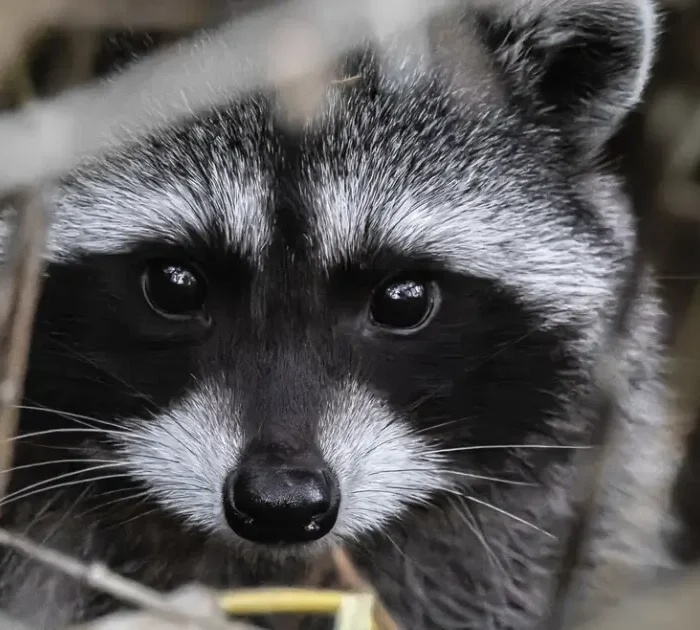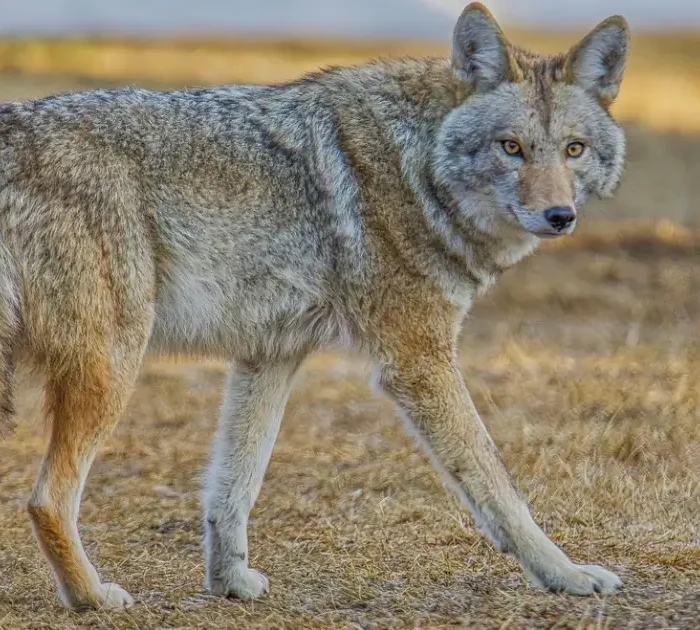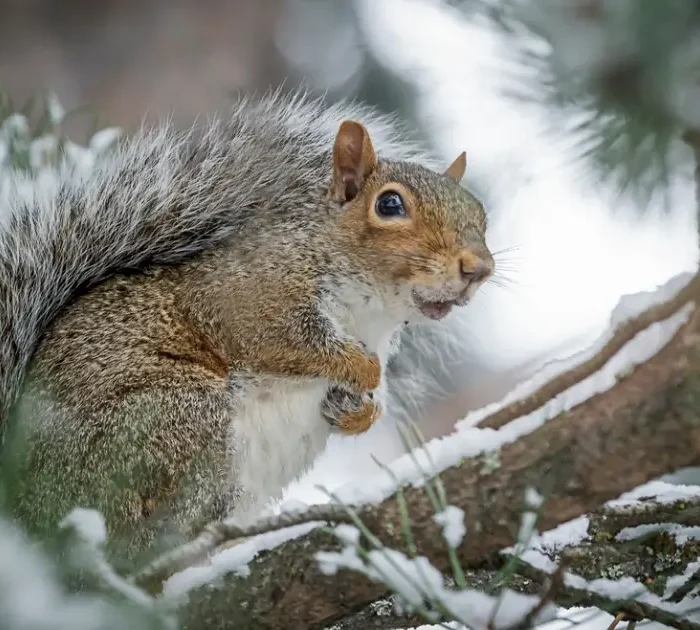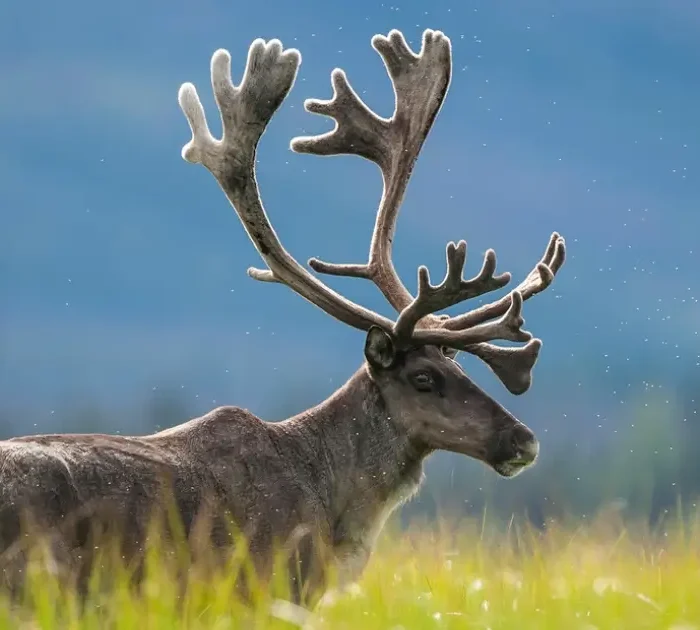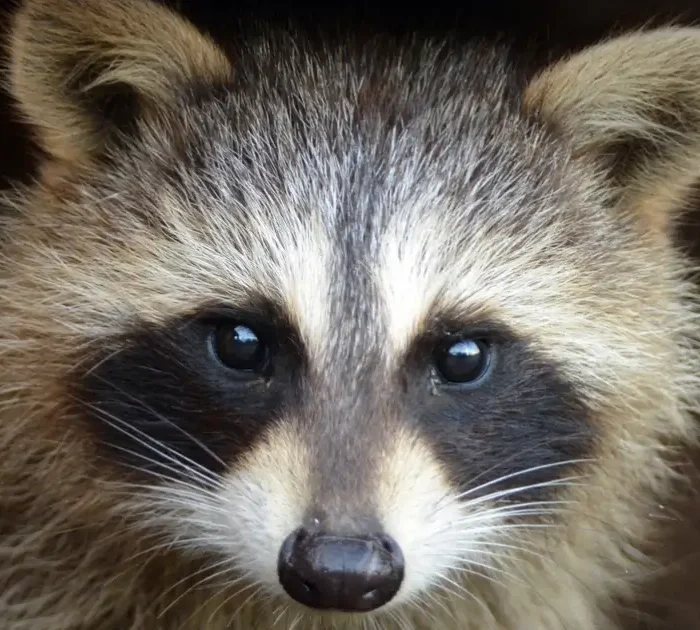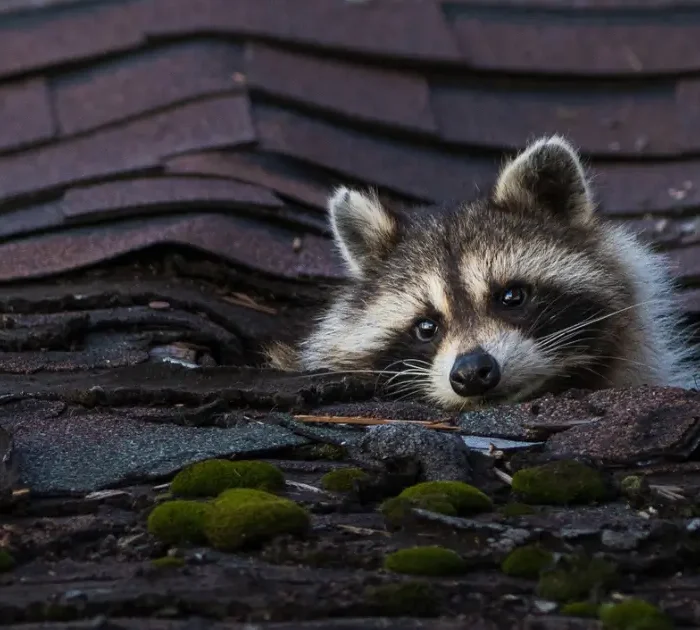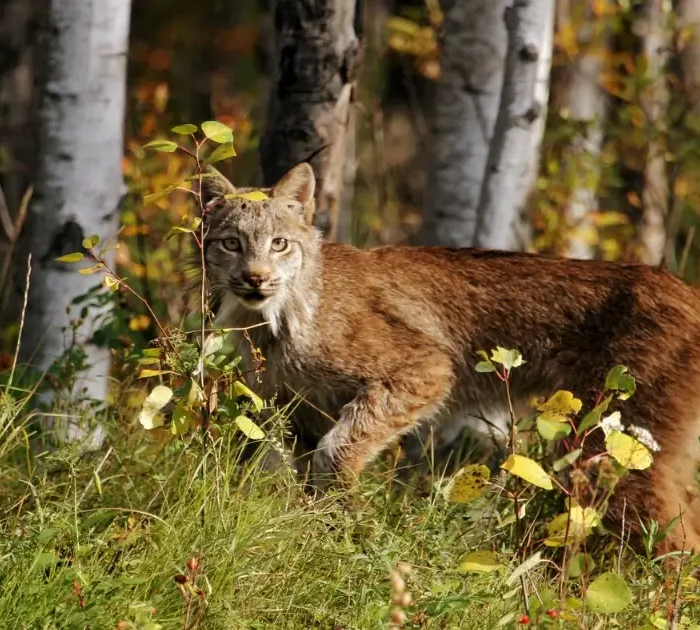What is Coexistence?
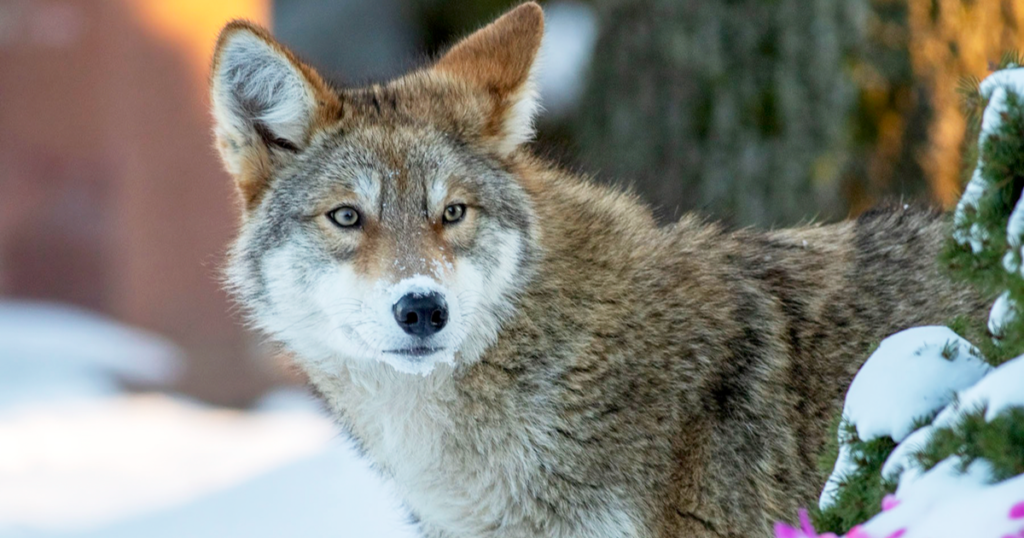
Photo provided by Coyote Watch Canada
Coexistence means for two objects to exist at the same time and in the same place. Coexisting with wildlife means people and animals living together in the same communities at the same time.
As cities expand, the climate changes, and ecosystems adapt to significant human disruptions, finding ways to live with wildlife become more important. While traditional thought is that wildlife must exist elsewhere, science and experience have proven that living alongside wildlife is not only beneficial to ecosystems and communities, but essential for sustainable, healthy communities.
Making coexistence a daily intention requires understanding the local ecosystem, the needs and wants of everyone within it – including people and wildlife, and seizing opportunities to ensure everyone is able to live happily and safely.
It also means understanding the negative impacts human behaviour can have on wildlife, particularly through indirect or direct feeding.
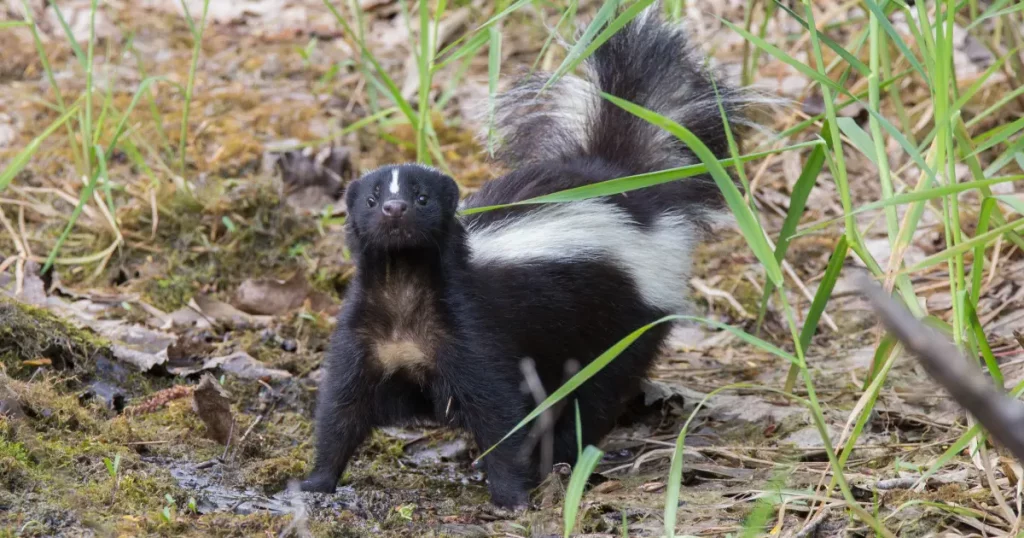
Photo by mirceax / Getty Images
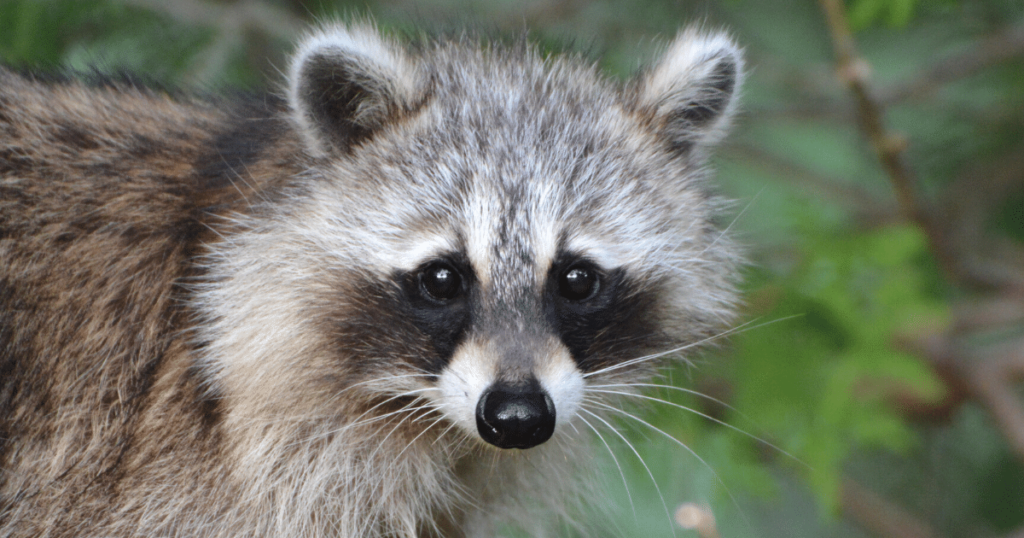
Photo by Carol Hamilton / Getty Images
In this section of our website you will find resources, tools, and research about coexistence, organized by species.
Below is a recent list of coexistence-related articles and content that may be of interest and helpful to newcomers to the concept of coexistence.
Are we missing anything that should be on this page? Let us know! Email us at info@TheFurBearers.com or use our contact form by clicking here.
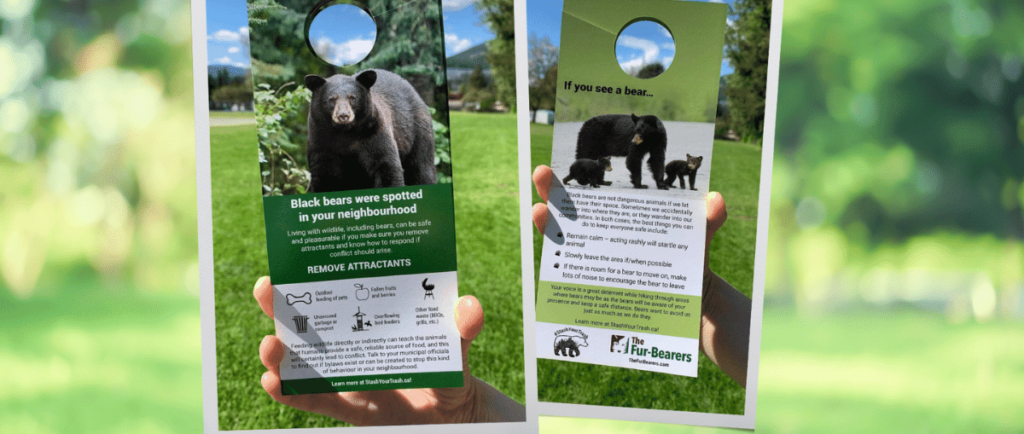
Door Hangers Available:
- Coexisting with Bears
- Coexisting with Coyotes
- Coexisting with Wildlife (general)
Our coexistence door hangers are designed to be a simple but effective educational tool. The double-sided pamphlet, cut so it easily hooks onto most residential doors, explains the basics on attractant management, what to do if you encounter wildlife, and how to find more information about coexistence.
These door hangers are available FREE upon request for you to distribute in your neighbourhood. Please click here and use the form to request door hangers, and which style you need. We will endeavour to respond to all requests within two business days, and issue approximately 25 door hangers per request (our standard starting point – you can always request more when you’ve distributed the first set). If you require more please contact us directly at info@TheFurBearers.com. If you would like to make a donation to support this program, please click here.
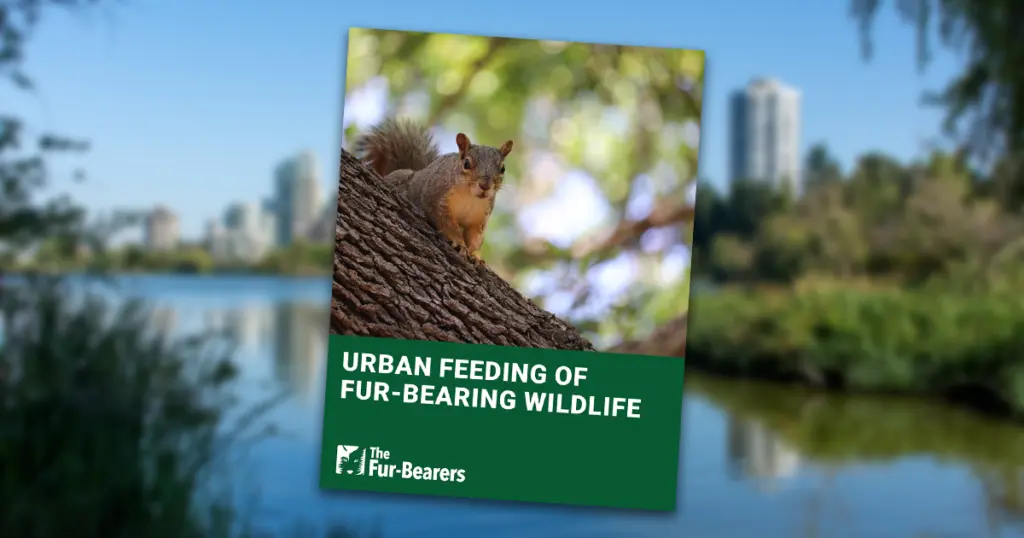 The Fur-Bearers are pleased to share our Urban Feeding of Fur-Bearing Wildlife literature review. This review, compiled by Amelia Porter, MSc, EP, RPBio, organizes and provides an overview of the available studies and general state of knowledge related to wildlife feeding in urban areas.
The Fur-Bearers are pleased to share our Urban Feeding of Fur-Bearing Wildlife literature review. This review, compiled by Amelia Porter, MSc, EP, RPBio, organizes and provides an overview of the available studies and general state of knowledge related to wildlife feeding in urban areas.
The review will help inform our work in reducing negative encounters between people and wildlife, and assist municipalities and decision-makers to reach non-lethal decisions, rooted in the science of coexistence.
Urban Feeding of Fur-Bearing Wildlife answers three main questions:
- Why do people feed urban wildlife?
- What are the impacts to wildlife and humans in terms of behavior, health, ecology and conflict?
- What are proven and potential mitigation strategies?
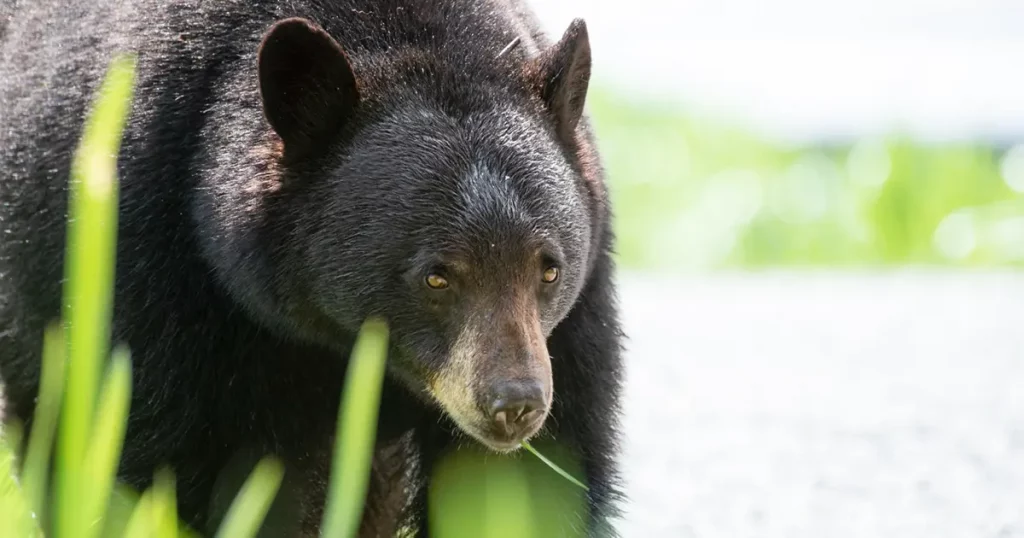
A free Wildlife Attractant Bylaw Toolkit is available to municipalities and concerned residents across British Columbia, with the goal of reducing negative encounters between humans and bears.
The Toolkit, developed by the Get Bear Smart Society, a member of the BC Bear Alliance (of which The Fur-Bearers is also a member), is a result of a multi-stakeholder collaboration and captures the common goal of supporting communities in their efforts to manage and reduce anthropogenic food sources.
The toolkit is robust, including sections on:
- Why wildlife attractant bylaws are necessary
- Methods to reduce human-bear interactions
- First Nation bylaw considerations
- Considerations for presenting to a council or board
- Sample bylaws with detailed explanations
- A complete reference list.
In this section find some of The Fur-Bearers’ videos related to coexistence. Looking for more? Check our YouTube channel by clicking here.
Naloxone shot saves dying BC raccoon
Proper drug disposal and not feeding wildlife can prevent similar situations in future.
Study: Garnering population trends through camera-trapping
Dr. Valli Fraser-Celin reviews a study that indicates the use of camera-trapping can be effective at monitoring wildlife populations in a minimally-invasive way.
Five tips to help wildlife thrive this winter
You may be surprised to learn third tip – and the visual impact it could have on your winter landscape.
New modelling tool can tell us why large wild mammals are in decline
Dr. Valli Fraser-Celin breaks down a study that can help understand the causes behind declines - and therefore the solutions.
My neighbour is trapping raccoons, what should I do?
Here’s what you need to know about trapping regulations in British Columbia and what anyone trapping is legally required to do.
DYK: How to find humane wildlife removal in BC
Want to get an animal out of your house but don't want to hurt them? Nicole Fenwick of the BC SPCA shares how to find humane wildlife removal in...
WIN for Wildlife with our fall 50/50 draw!
It’s time to WIN for Wildlife with The Fur-Bearers’ Abundant Autumn 50/50 draw! This British Columbia-only (as per gaming guidelines) raffle is your opportunity to buy tickets to have...
Wildlife species you won’t find on Vancouver Island
Unique biodiversity means some wildlife thrive on Vancouver Island - but many others get left behind on the mainland. You may be surprised by which ones haven't made the...
